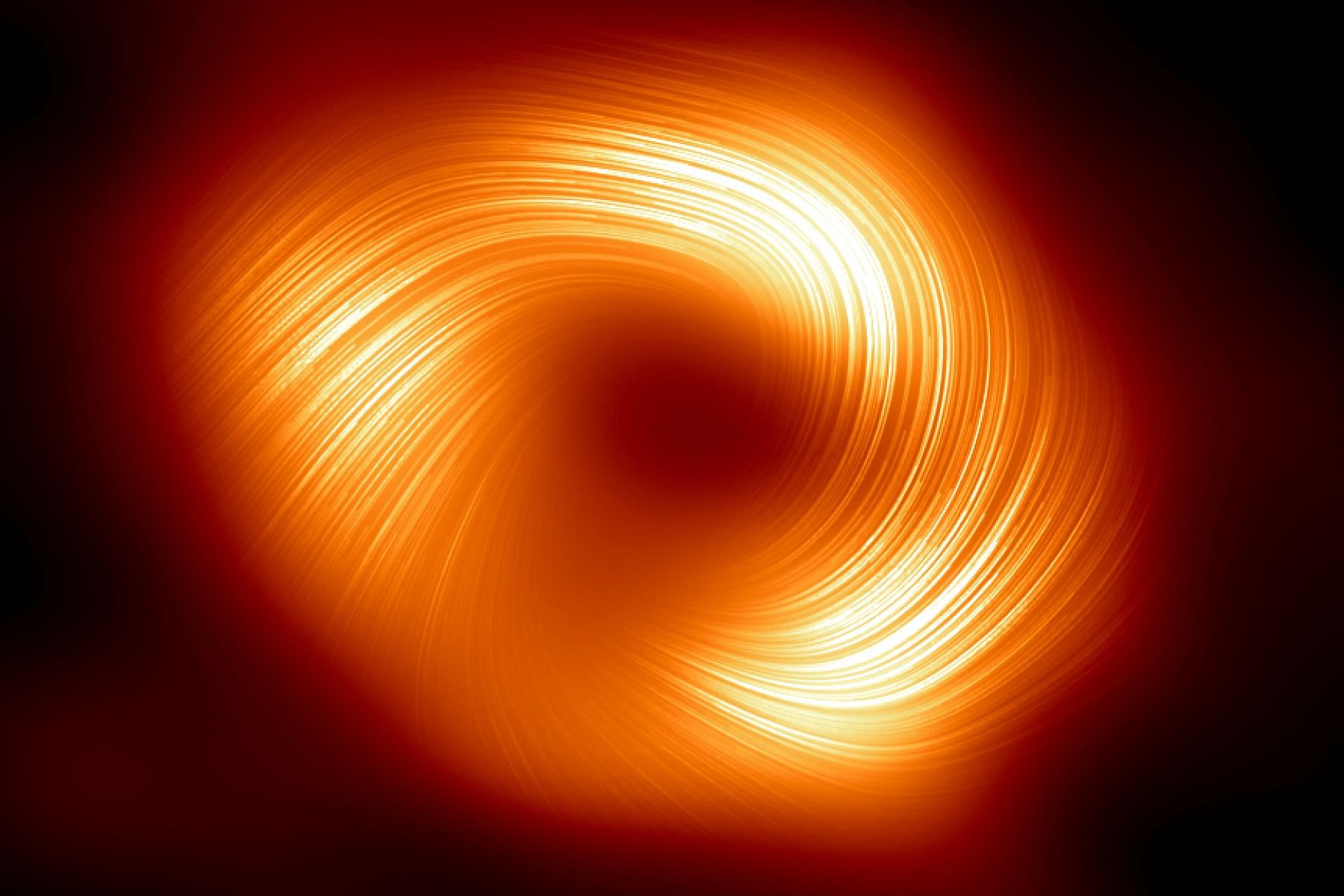Cosmologists have long hypothesized that the conditions of the early universe could have caused the formation of black holes not long after the Big Bang. These ‘primordial black holes’ have a much wider mass range than those that formed in the later universe from the death of stars, with some even condensed to the width of a single atom.
Continue reading “Gravitational Wave Observatories Could Detect Primordial Black Holes Speeding Through the Solar System”By Watching the Sun, Astronomers are Learning More about Exoplanets
Watching the Olympics recently and the amazing effort of the hammer throwers was a wonderful demonstration of the radial velocity method that astronomers use to detect exoplanets. As the hammer spins around the athlete, their body and head bobs back and forth as the weight from the hammer tugs upon them. In the same way we can detect the wobble of a star from the gravity of planets in orbit. Local variations in the stars can add noise to the data but a team of researchers have been studying the Sun to help next-generation telescopes detect more Earth-like planets.
Continue reading “By Watching the Sun, Astronomers are Learning More about Exoplanets”Coronal Loops-Digital Art Combination Captures Power of the Sun, Rendered by Andrew McCarthy

Our Sun is one of the most fascinating objects in the universe and photographing it with specialized equipment to capture its splendor and beauty has become increasingly more common around the world. This is most evident with the work obtained by renowned astrophotographer, Andrew McCarthy (@AJamesMcCarthy), who owns Cosmic Background Studios in Florence, Arizona.
On July 27, 2024, McCarthy posted an image of the Sun on X (formerly known as Twitter) taken with his specialized equipment designed to safely photograph our life-giving star, which revealed active coronal loops and plasma within the solar chromosphere that are some of the many intriguing features of the Sun. However, McCarthy is quick to mention in his post that this image isn’t entirely genuine, but a combination of several attributes.
Continue reading “Coronal Loops-Digital Art Combination Captures Power of the Sun, Rendered by Andrew McCarthy”Estimating the Basic Settings of the Universe

The Standard Model describes how the Universe has evolved at large scale. There are six numbers that define the model and a team of researchers have used them to build simulations of the Universe. The results of these simulations were then fed to a machine learning algorithm to train it before it was set the task of estimating five of the cosmological constants, a task which it completed with incredible precision.
Continue reading “Estimating the Basic Settings of the Universe”Dark Matter Could Have Driven the Growth of Early Supermassive Black Holes

The James Webb Space Telescope (JWST) keeps finding supermassive black holes (SMBH) in the early Universe. They’re in active galactic nuclei seen only 500,000 years after the Big Bang. This was long before astronomers thought they could exist. What’s going on?
Continue reading “Dark Matter Could Have Driven the Growth of Early Supermassive Black Holes”If Gravitons Exist, this Experiment Might Find Them

There are four fundamental forces in the Universe; strong, weak, electromagnetic and gravity. Quantum theory explains three of the four through the interaction of particles but science has yet to discover a corresponding particle for gravity. Known as the ‘graviton’, the hypothetical gravity particle is thought to constitute gravitational waves but it hasn’t been detected in gravity wave detector. A new experiment hopes to change that using an acoustic resonator to identify individual gravitons and confirm their existence.
Continue reading “If Gravitons Exist, this Experiment Might Find Them”How Vegetation Could Impact the Climate of Exoplanets

The term ‘habitable zone’ is a broad definition that serves a purpose in our age of exoplanet discovery. But the more we learn about exoplanets, the more we need a more nuanced definition of habitable.
New research shows that vegetation can enlarge the habitable zone on any exoplanets that host plant life.
Continue reading “How Vegetation Could Impact the Climate of Exoplanets”A New Test Proves How to Make the Event Horizon Telescope Even Better

Want a clear view of a supermassive black hole’s environment? It’s an incredible observational challenge. The extreme gravity bends light as it passes through and blurs the details of the event horizon, the region closest to the black hole. Astronomers using the Event Horizon Telescope (EHT) just conducted test observations aimed at “deblurring” that view.
Continue reading “A New Test Proves How to Make the Event Horizon Telescope Even Better”ESA Cluster Satellite to Reenter in Early September
The first of a set of groundbreaking Cluster satellites is set for a controlled reentry next week.
The European Space Agency is paving the way in controlled reentry technology. ESA recently announced that plans to terminate the first of four Cluster satellites is about to come to fruition in early September, with the reentry of Salsa.
Continue reading “ESA Cluster Satellite to Reenter in Early September”New Limits on Dark Matter

As it’s name suggests, dark matter is dark! That means it’s largely invisible to us and only detectable through its interaction with gravity. One of the leading theories to explain the stuff that makes up the majority of the matter in the Universe are WIMPs, Weakly Interacting Massive Particles. They are just theories though and none have been detected. An exciting new experiment called LUX-ZEPLIN has just completed 280 days of collecting data but still, no WIMPs have been detected above 9 Gev/c2. There are plans though to narrow the search.
Continue reading “New Limits on Dark Matter”


